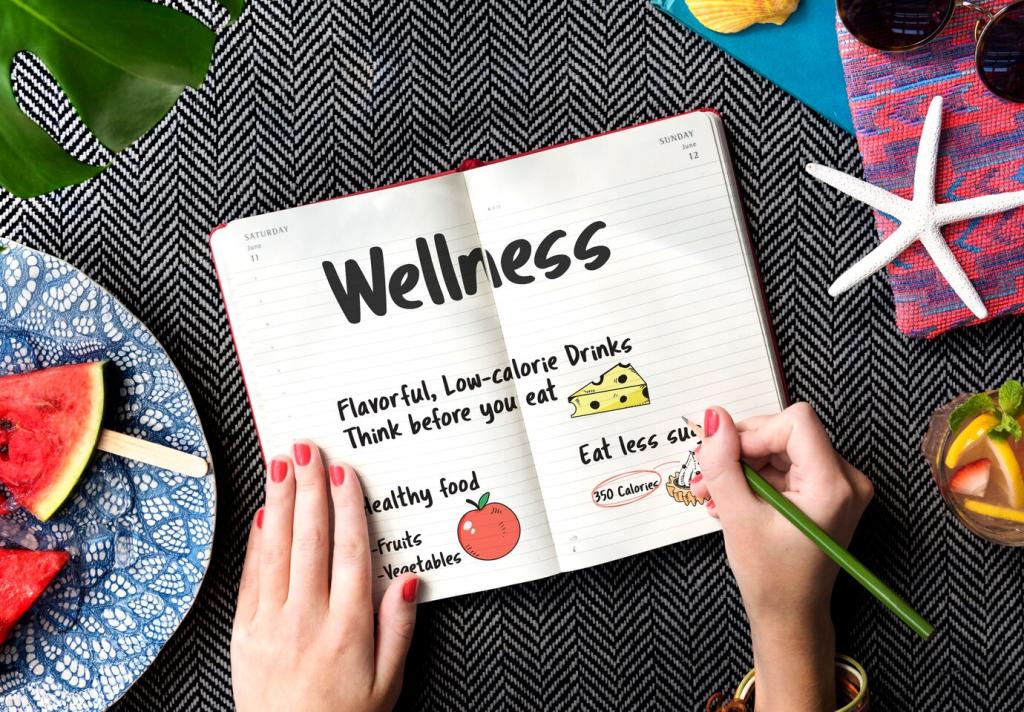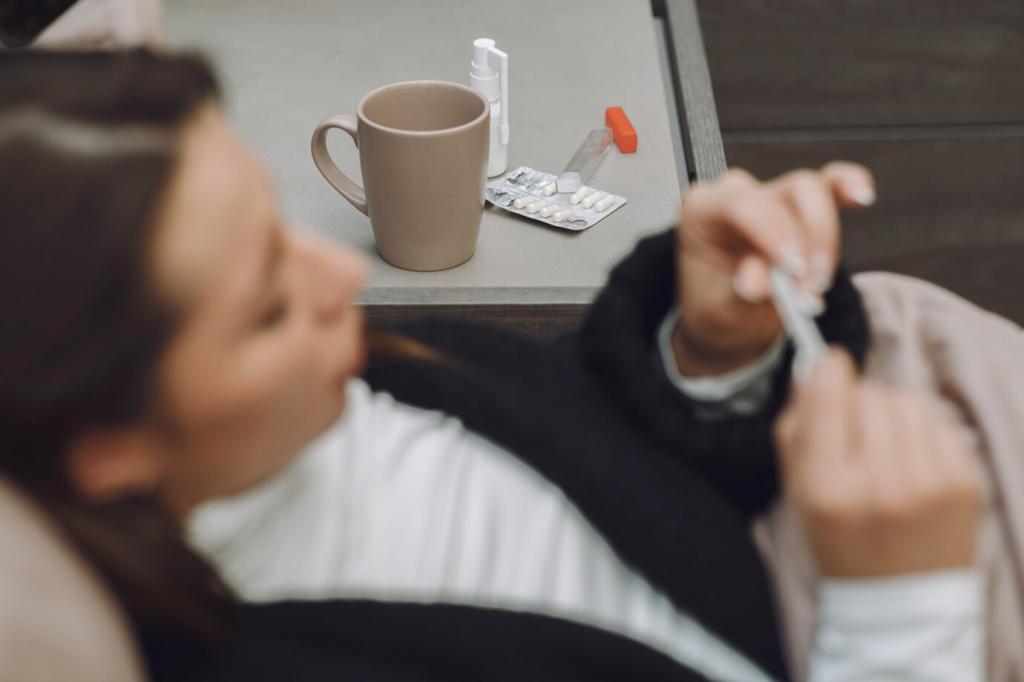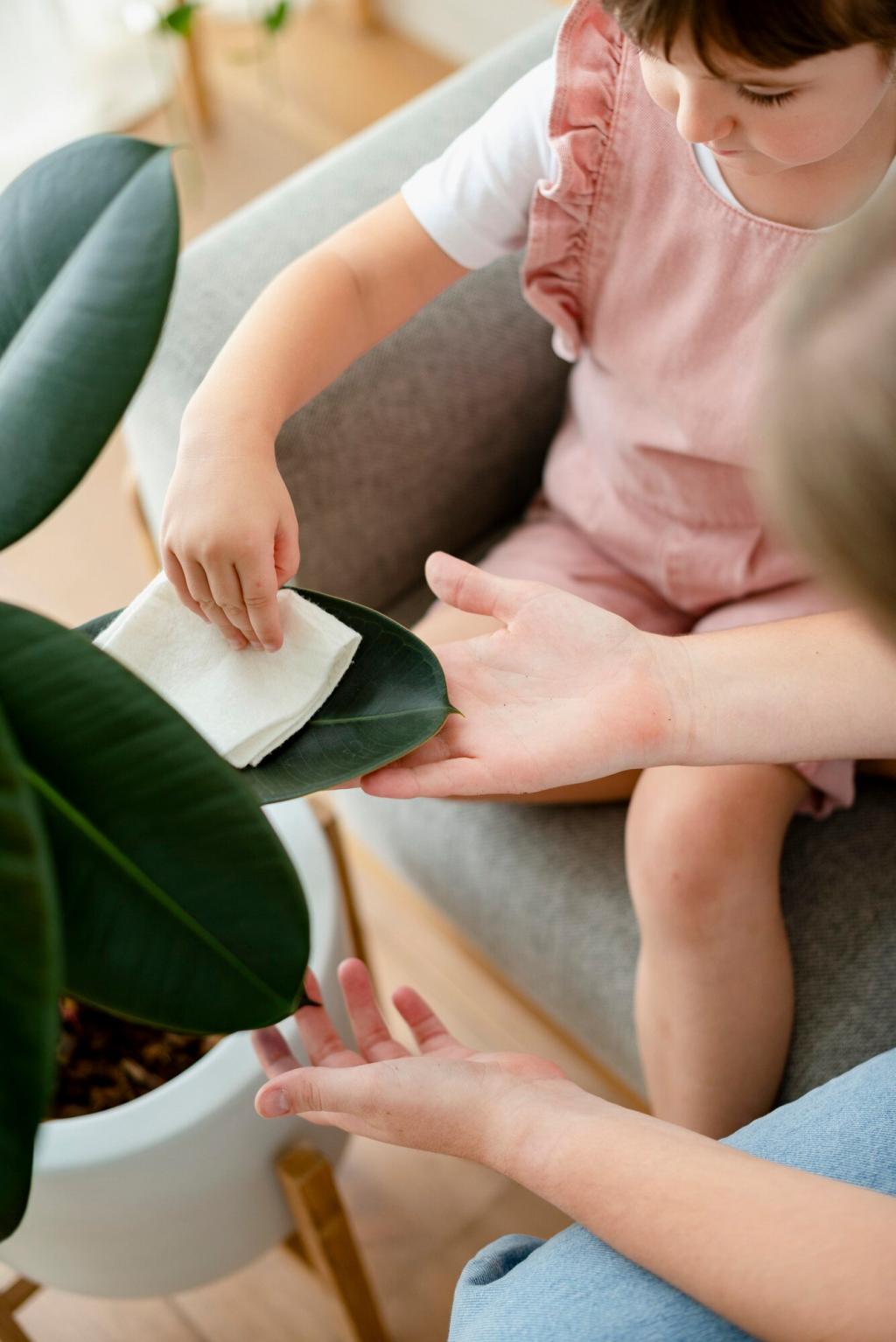Healing in Color: Case Studies on Art Therapy and Mental Health Improvement
Inside the Studio: How Creative Processes Shift Emotional Landscapes
From Silence to Sketches
In one case study, “Maya,” 28, arrived frozen by social anxiety. Charcoal lines became her first words. Week by week, repeated leaf shapes mapped safety, and bolder strokes coincided with her first calm commute in months.
Color Mapping Panic
A brief series with “R,” 34, paired watercolor gradients with breath pacing. Panic sensations were translated into cool-to-warm washes, anchoring attention. Over sessions, transitions softened, and he described reclaiming mornings once hijacked by dread.
Clay as Containment
Following trauma, “Sofia,” 41, used clay boxes with fitted lids. Each session, fragments of memory were sculpted, placed inside, and sealed. The ritual emphasized choice and control, gradually easing nighttime flashbacks and restoring trust in boundaries.
Evidence in Brushstrokes: What the Data Shows in Practice
Across cases, clients who paired image-making with short written reflections often noticed earlier recognition of triggers. Recurring symbols—bridges, doors, horizons—frequently marked moments of readiness for new coping strategies and gentler self-talk.
Many narratives describe a steady rhythm: grounding, creation, review, and closure. This predictable arc supported regulation, especially for clients navigating anxiety. Structured endings helped translate studio insights into daily routines between sessions.
Several case studies combined drawings with simple check-ins and optional standardized mood scales. Visual narratives complemented numbers, illuminating context—sleep, stressors, and supports—that shaped how change unfolded across weeks and milestones.
Stories of Recovery: Mediums and Minds in Motion
“Luis,” 42, grieving a parent, layered ticket stubs, maps, and handwritten recipes. The memory collage became a weekly ritual. Over time, he added future plans beside cherished fragments, signaling movement from ache toward meaning-making.
Stories of Recovery: Mediums and Minds in Motion
“Aisha,” 15, preferred a tablet. Drawing in layers allowed edits without shame. Masks and opacity sliders mirrored her boundaries, and she reported fewer school-day meltdowns after practicing quiet sketch breaks during lunch.

Practical Guides Inspired by the Case Studies
Choose one shape or motif to represent a feeling, then draw it daily for two minutes. Like our case studies showed, patterns reveal themselves, helping you notice shifts before they swell into storms.
Practical Guides Inspired by the Case Studies
Sketch or build a small container. Place scribbles of worries inside, then practice closing and reopening it with intention. This containment ritual, mirrored in several cases, can support boundaries and calm before sleep.


Ethics, Safety, and Scope in Case Study Sharing
Case studies are de-identified or composite, details altered to protect identities. We foreground consent and context, ensuring stories educate without exposing private lives or inviting assumptions beyond what the material supports.


Ethics, Safety, and Scope in Case Study Sharing
Pacing matters. Many cases illustrate gentle approaches—grounding, short creative bursts, and pauses—to prevent overwhelm. If material spikes distress, step back, re-ground, and consider pausing the exercise or seeking professional guidance promptly.


Join the Conversation: Learn, Share, and Grow With Us
Try this tonight: draw your day in three colors, then write three sentences about what surprised you. Share your insights in the comments to help others learn from your gentle experiment.
Join the Conversation: Learn, Share, and Grow With Us
Have you tried any techniques from our case studies? Tell us what felt supportive, what didn’t, and what you adapted. Respect privacy, avoid diagnoses, and keep the focus on your lived experience.
